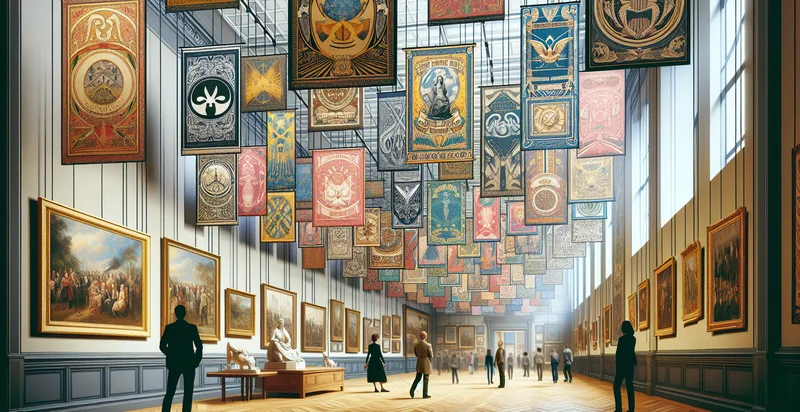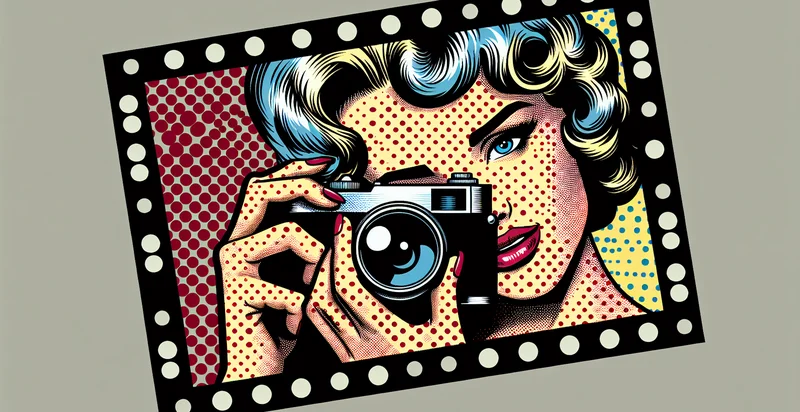Identify artwork presence
using AI
Below is a free classifier to identify artwork presence. Just upload your image, and our AI will predict if the artwork is present - in just seconds.

Contact us for API access
Or, use Nyckel to build highly-accurate custom classifiers in just minutes. No PhD required.
Get started
import nyckel
credentials = nyckel.Credentials("YOUR_CLIENT_ID", "YOUR_CLIENT_SECRET")
nyckel.invoke("artwork-presence", "your_image_url", credentials)
fetch('https://www.nyckel.com/v1/functions/artwork-presence/invoke', {
method: 'POST',
headers: {
'Authorization': 'Bearer ' + 'YOUR_BEARER_TOKEN',
'Content-Type': 'application/json',
},
body: JSON.stringify(
{"data": "your_image_url"}
)
})
.then(response => response.json())
.then(data => console.log(data));
curl -X POST \
-H "Content-Type: application/json" \
-H "Authorization: Bearer YOUR_BEARER_TOKEN" \
-d '{"data": "your_image_url"}' \
https://www.nyckel.com/v1/functions/artwork-presence/invoke
How this classifier works
To start, upload your image. Our AI tool will then predict if the artwork is present.
This pretrained image model uses a Nyckel-created dataset and has 2 labels, including Artwork Absent and Artwork Present.
We'll also show a confidence score (the higher the number, the more confident the AI model is around if the artwork is present).
Whether you're just curious or building artwork presence detection into your application, we hope our classifier proves helpful.
Related Classifiers
Need to identify artwork presence at scale?
Get API or Zapier access to this classifier for free. It's perfect for:
- Art Inventory Management: This use case involves leveraging the artwork presence identifier to automate the cataloging of artwork in galleries or museums. By using image classification, institutions can quickly verify and track the presence of artworks in their inventory, ensuring better management and reduced loss.
- Online Art Auction Verification: Art auction platforms can utilize the artwork presence identifier to validate the authenticity of pieces being auctioned. This feature will help reduce fraud by verifying the physical presence of the artwork before it is listed, providing buyers with increased confidence in their purchases.
- Art Theft Prevention: Museums and galleries can implement this technology to monitor artworks in real-time through surveillance systems. The artwork presence identifier can alert security personnel if a piece is moved without authorization, adding an additional layer of protection against theft.
- Virtual Reality Art Experiences: Enhancing virtual reality platforms, this identifier can detect and integrate real artworks into virtual galleries. This can offer users the ability to view and interact with actual pieces, enriching their experience with high-fidelity representations and accurate virtual placement.
- Art Insurance Claim Processing: Insurance companies can employ the artwork presence identifier to streamline their claims process for art-related incidents. By verifying the existence and condition of insured pieces through image classification, insurers can expedite claims and enhance fraud detection.
- Digital Art Marketplace Verification: In digital art marketplaces, this function can be used to authenticate the presence of physical artworks tied to digital assets. This would help maintain provenance and protect both artists and collectors from counterfeit claims in the growing realm of NFTs.
- Art Exhibit Planning: Curators can utilize the artwork presence identifier to assist in the planning and layout of art exhibitions. By ensuring that all pieces are accounted for and correctly positioned, this function can streamline logistics and improve the overall visitor experience.


